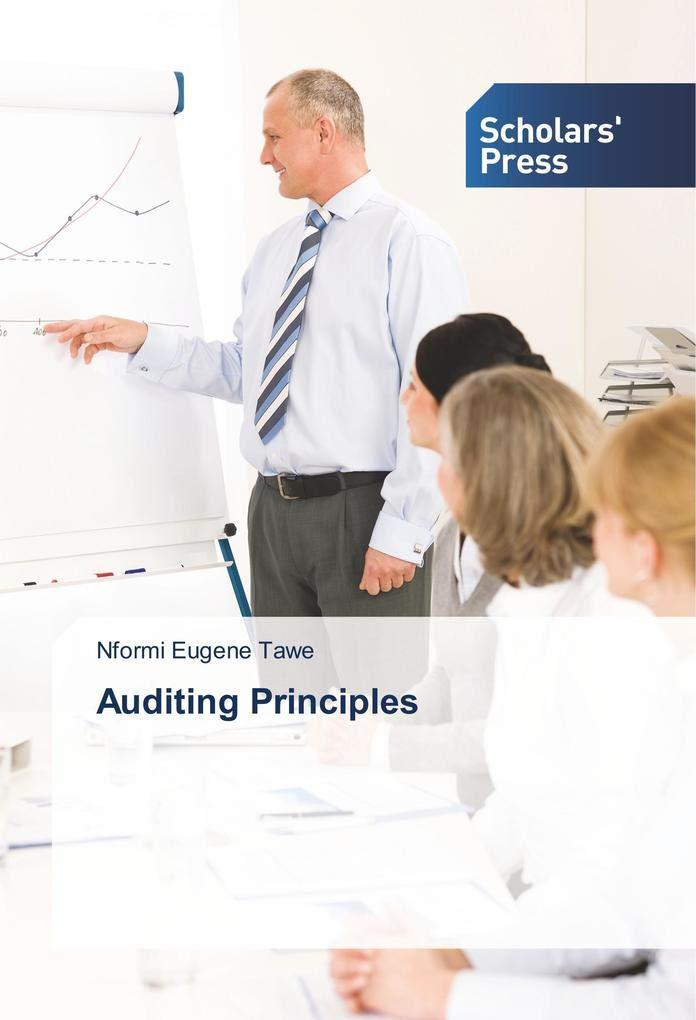| | decrease total assets and total liabilities 2. Regular dividends are declared out of: | | Common Stock. | | | Treasury Stock. | | | Retained Earnings. | | | Paid-in Capital in Excess of Par. | 3. Solaris, Inc. has 2,000 shares of 5%, $10 par value, cumulative preferred stock and 50,000 shares of $1 par value common stock outstanding at December 31, 2014. What is the annual dividend on the preferred stock? Question 20 options: | | $5 per share | | | $10,000 in total | | | $1,000 in total | | | $.05 per share 4. Corporations generally issue stock dividends in order to Question 21 options: | | decrease the amount of capital in the corporation. | | | increase the market price per share. | | | exceed stockholders' dividend expectations. | | | increase the marketability of the stock. 5. A stockholder who receives a stock dividend would Question 22 options: | | expect the par value of the stock to change. | | | own more shares of stock. | | | expect retained earnings to increase. | | | expect the market price per share to increase. 6. When stock dividends are distributed, Question 23 options: | | Retained Earnings is decreased. | | | Common Stock Dividends Distributable is decreased. | | | no entry is necessary if it is a large stock dividend. | | | Paid-in Capital in Excess of Par is debited if it is a small stock dividend. | | | | Identify the effect the declaration and distribution of a stock dividend has on the par value per share. Question 24 options: | | No effect | | | Increase or decrease | | | Increase | | | Decrease A stock split Question 25 options: | | will have no effect on the par value per share of stock. | | | will increase the total par value of the stock. | | | will increase total paid-in capital. | | | may occur in the absence of retained earnings. On January 1, Sly Corporation had 120,000 shares of $10 par value common stock outstanding. On March 17, the company declared a 15% stock dividend to stockholders of record on March 20. Market value of the stock was $13 on March 17. The entry to record the transaction of March 17 would include a Question 26 options: | | debit to Common Stock Dividends Distributable for $180,000. | | | credit to Cash for $234,000. | | | credit to Stock Dividends for $54,000. | | | credit to Common Stock Dividends Distributable for $180,000. Bento, Inc. had 500,000 shares of common stock outstanding before a stock split occurred, and 1,500,000 shares outstanding after the stock split. The stock split was Question 27 options: | | 1-for-5. | | | 2-for-5. | | | 5-for-1. | | | 3-for-1. In the stockholders' equity section of the balance sheet, Question 28 options: | | Dividends in arrears will appear as a restriction of Retained Earnings. | | | Common Stock Dividends Distributable will appear in its own subsection of the stock- holders' equity. | | | Common Stock Dividends Distributable will be classified as part of additional paid-in capital. | | | Additional Paid-in Capital appears under the subsection Paid-in Capital. During 2014 Miami Inc. had sales revenue $1,328,000, gross profit $728,000, operating expenses $398,000, cash dividends $90,000, other expenses and losses $40,000. Its corporate tax rate is 30%. What was Miami's income tax expense for the year? Question 29 options: | | $87,000 | | | $398,400 | | | $180,000 | | | $60,000 Paiva Corporation splits its common stock 2 for 1, when the market value is $80 per share. Prior to the split, Paiva had 100,000 shares of $10 par value common stock issued and outstanding. After the split, the par value of the stock Question 30 options: | | remains the same. | | | is reduced to $5 per share. | | | is reduced to $2 per share. | | | is reduced to $20 per share. | | | | | | | |






